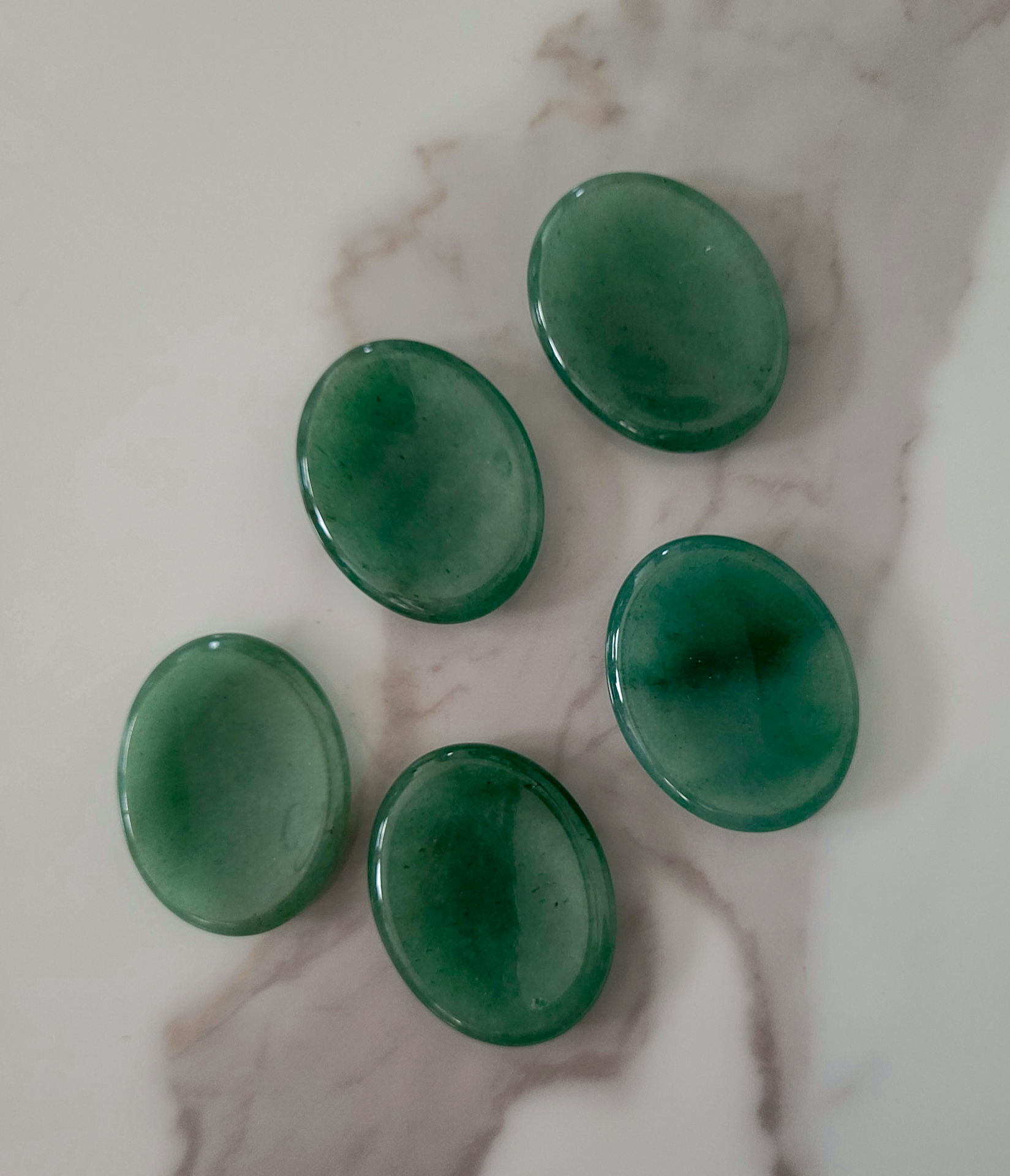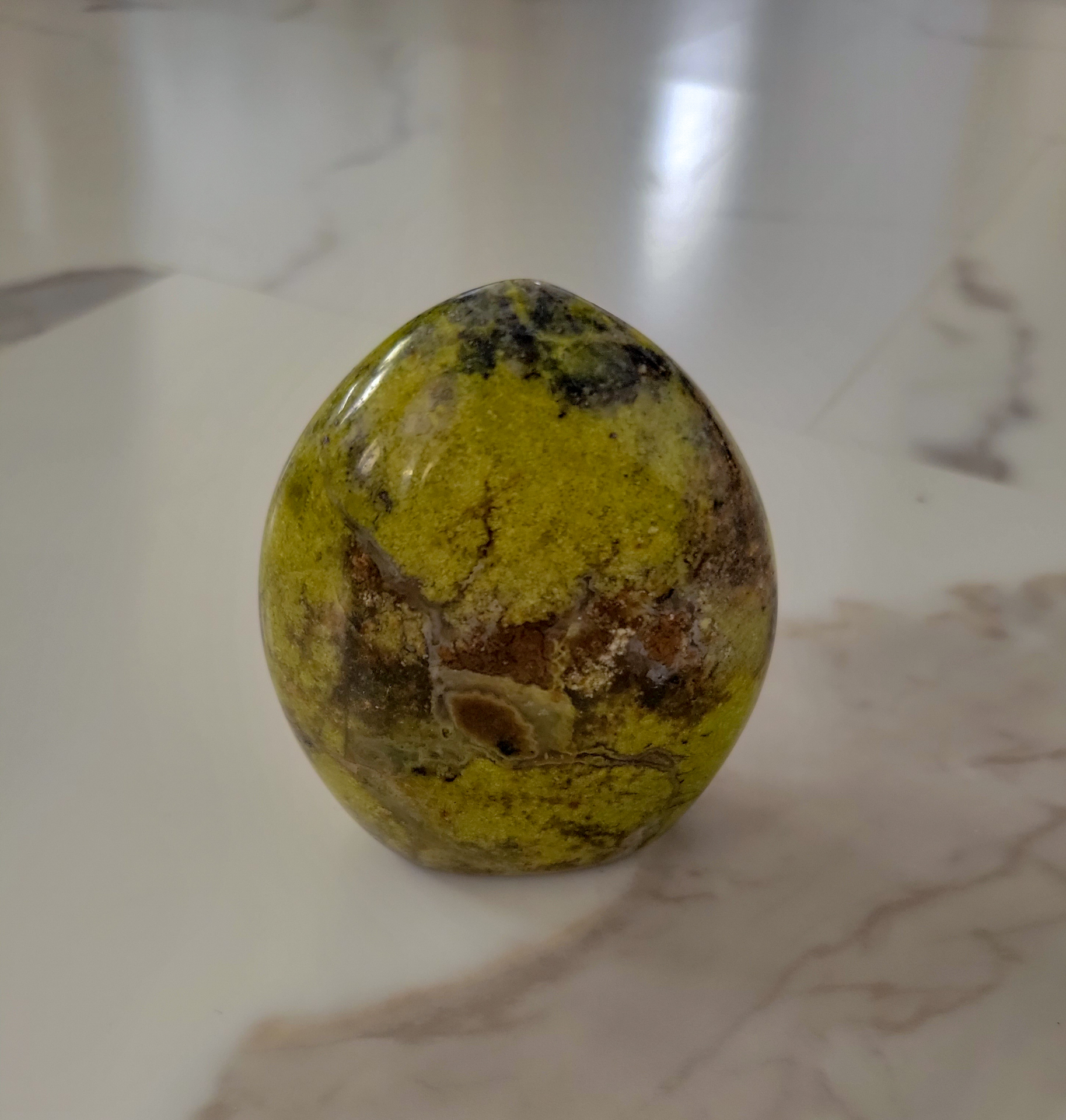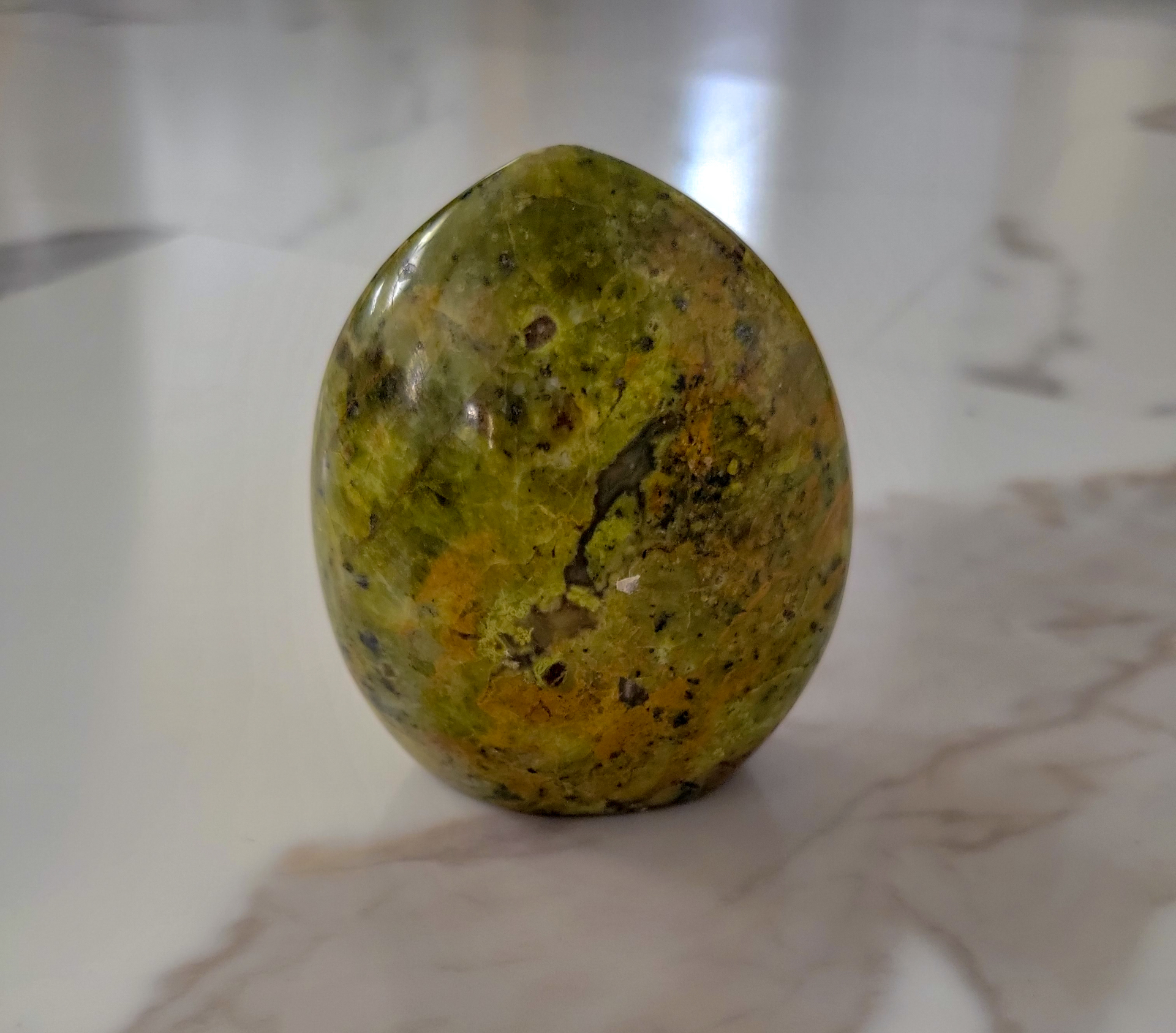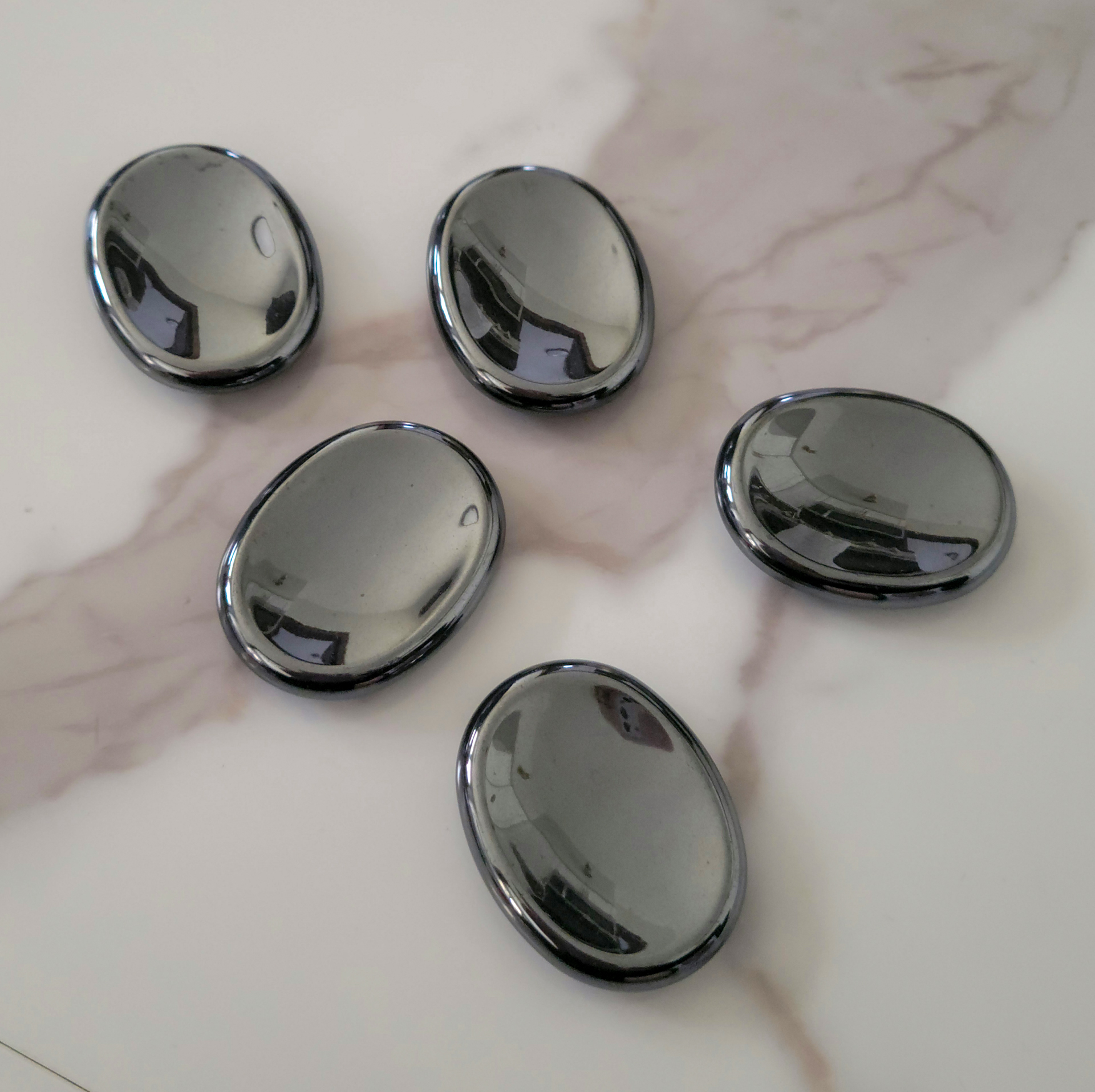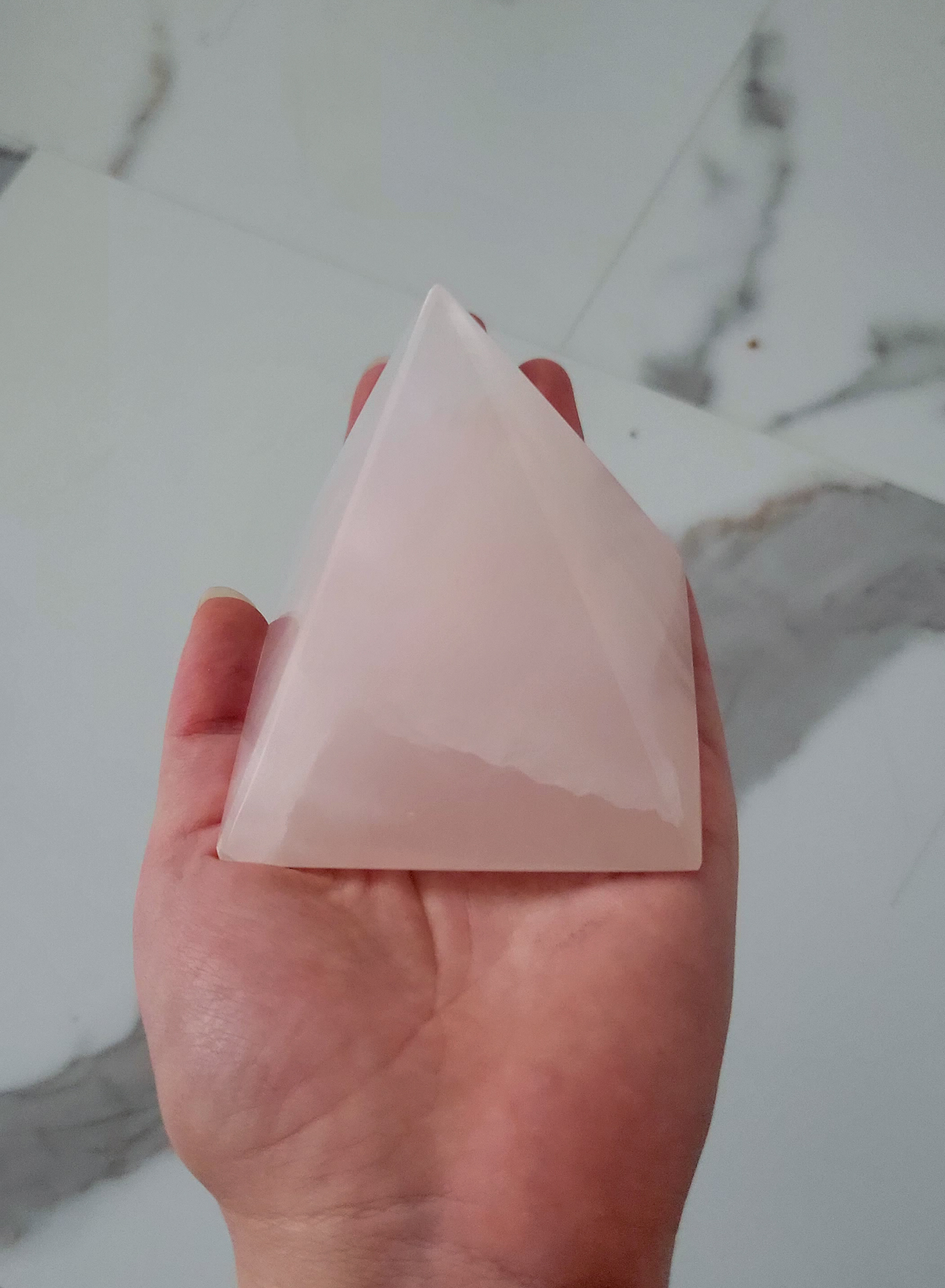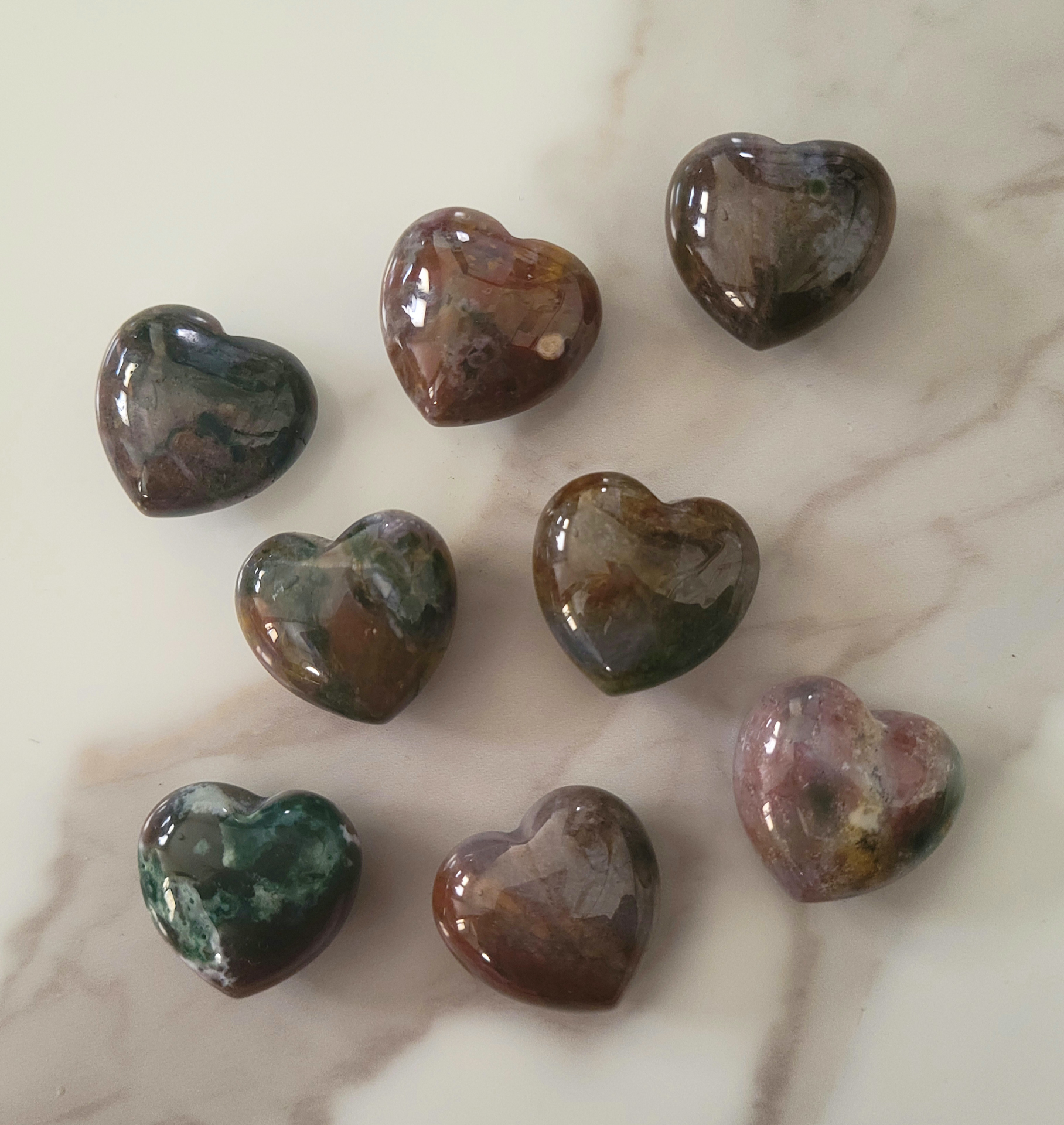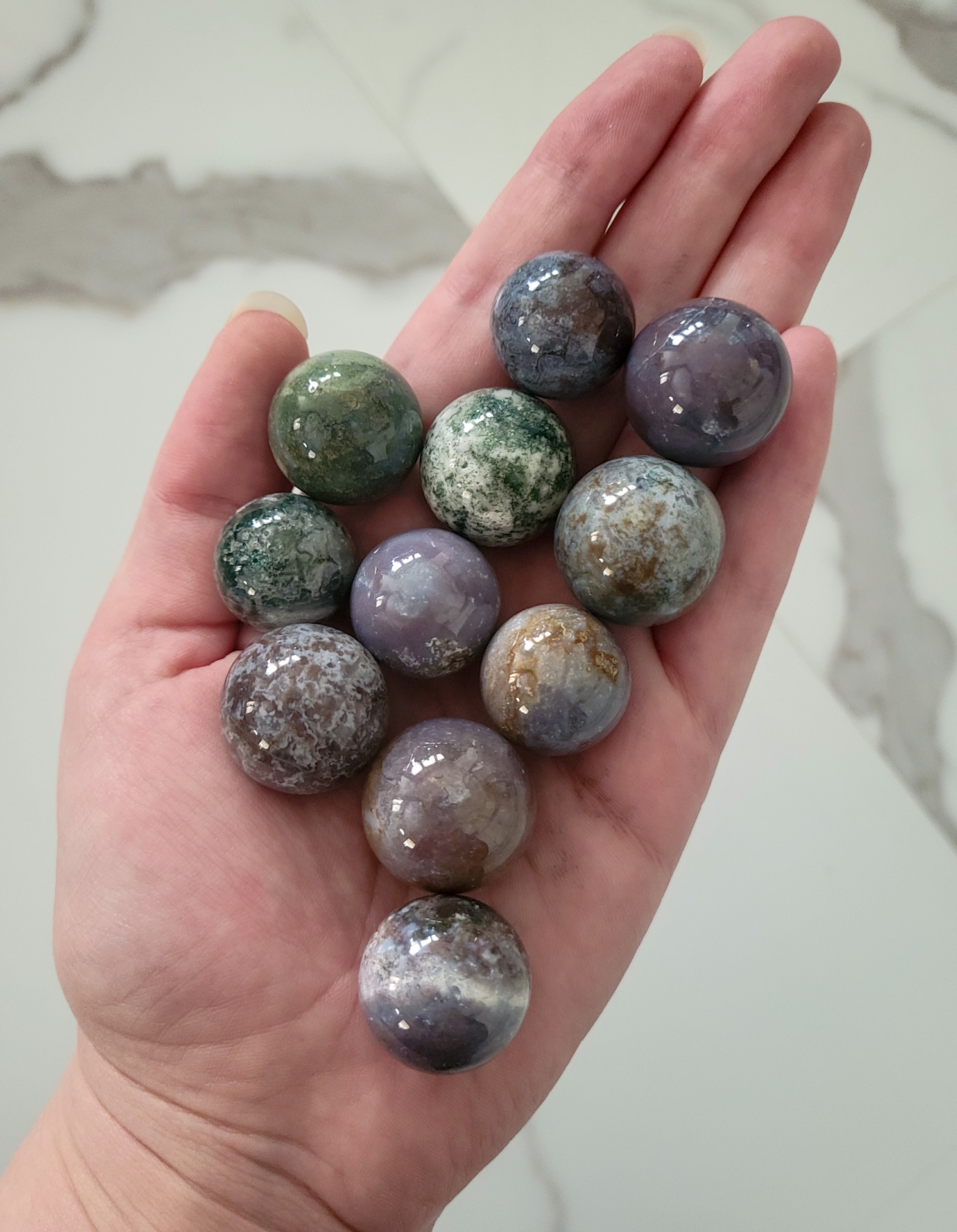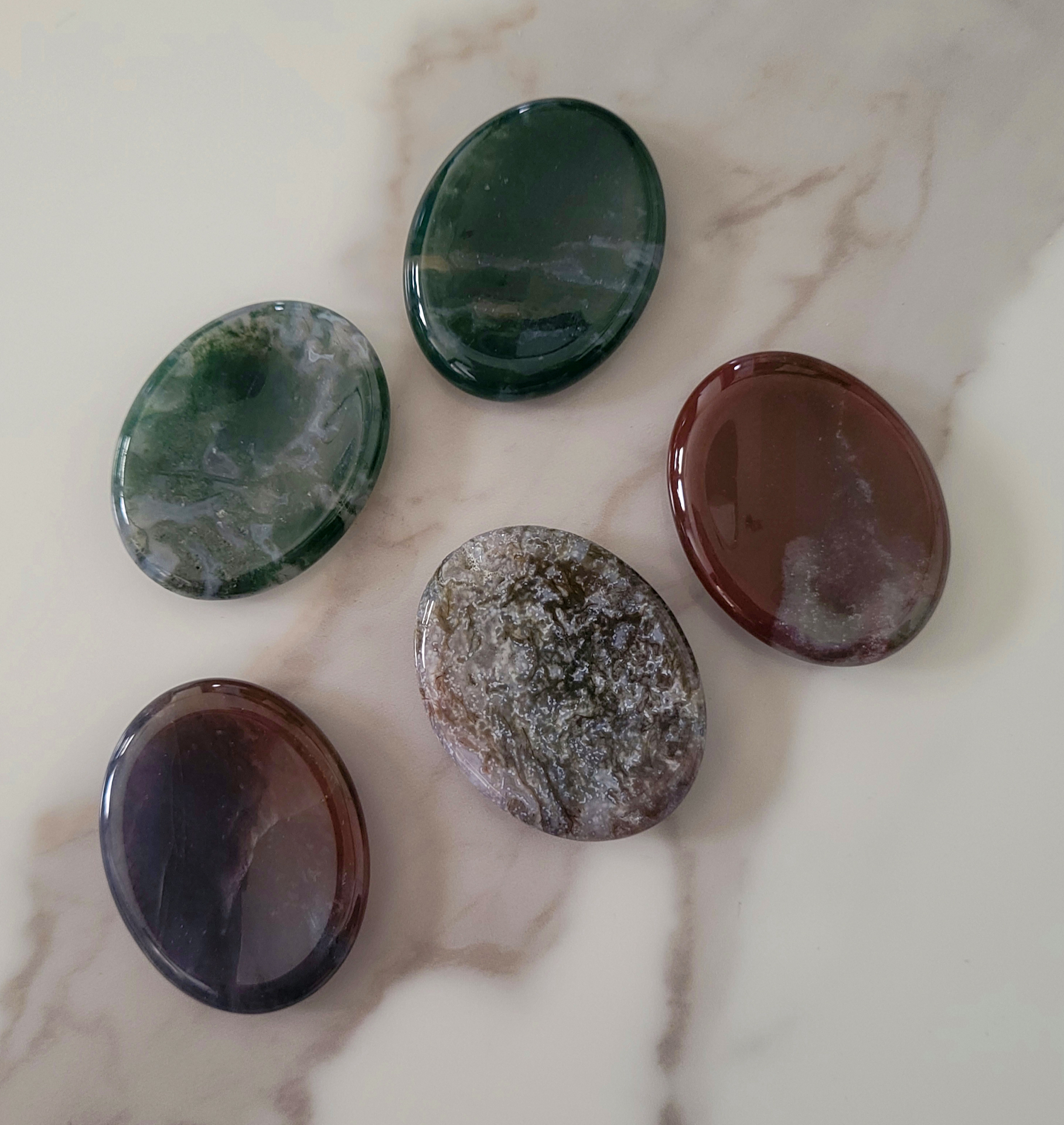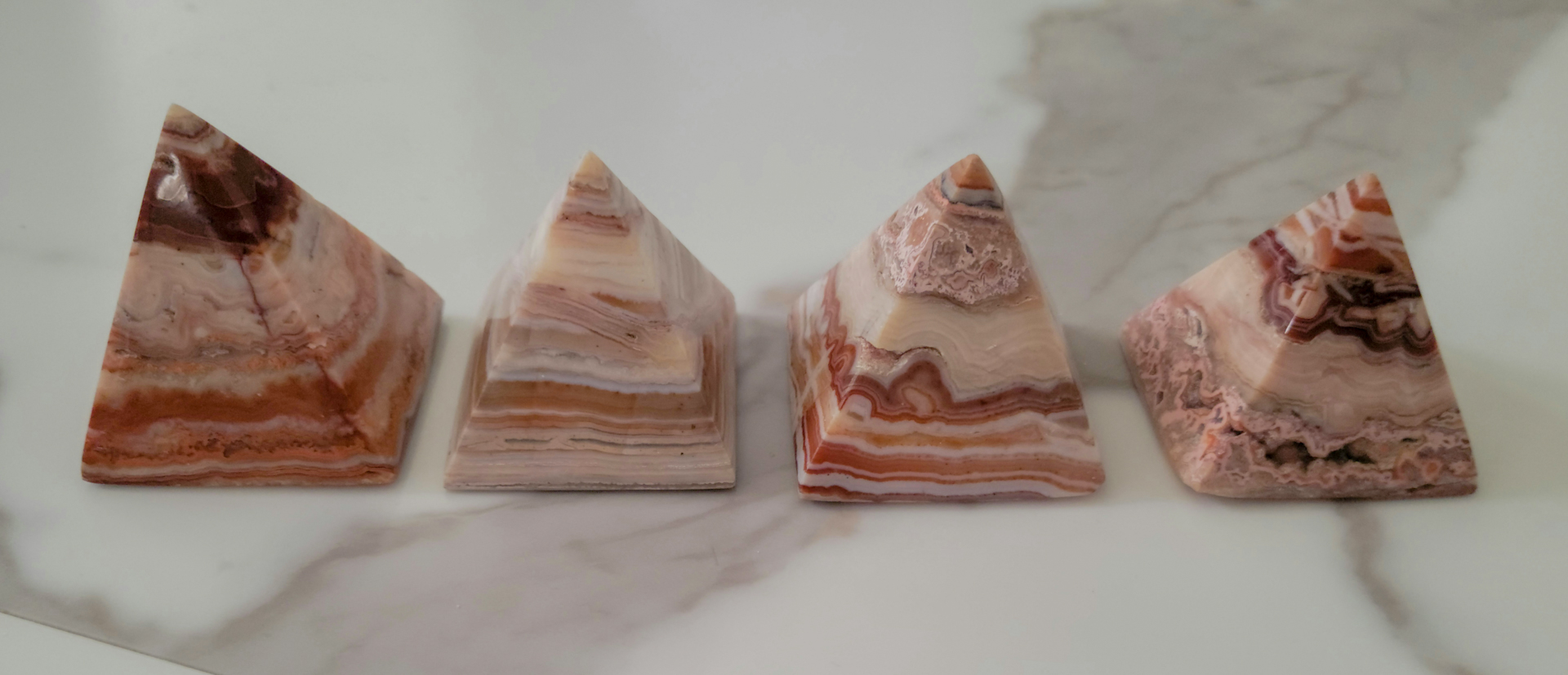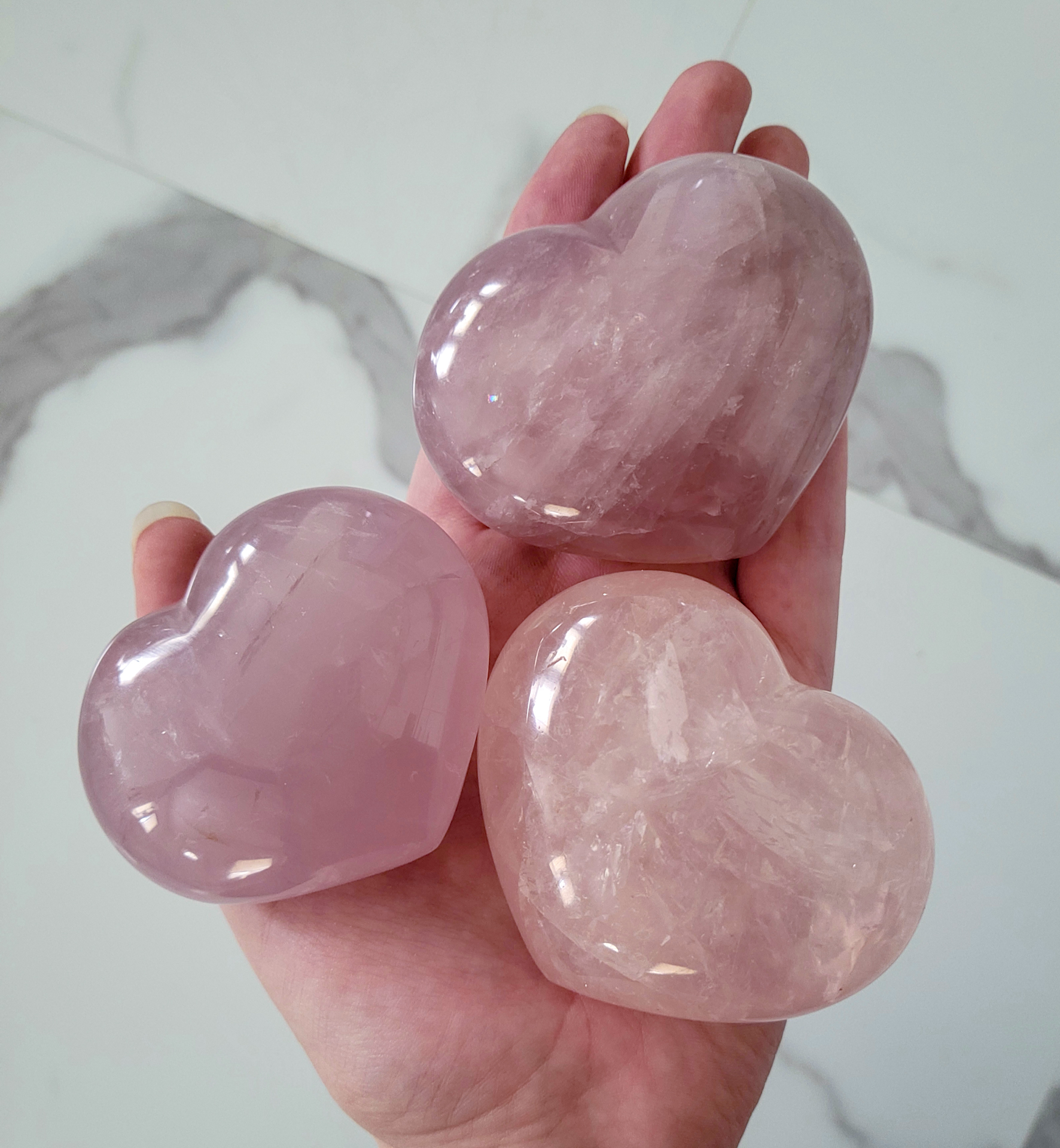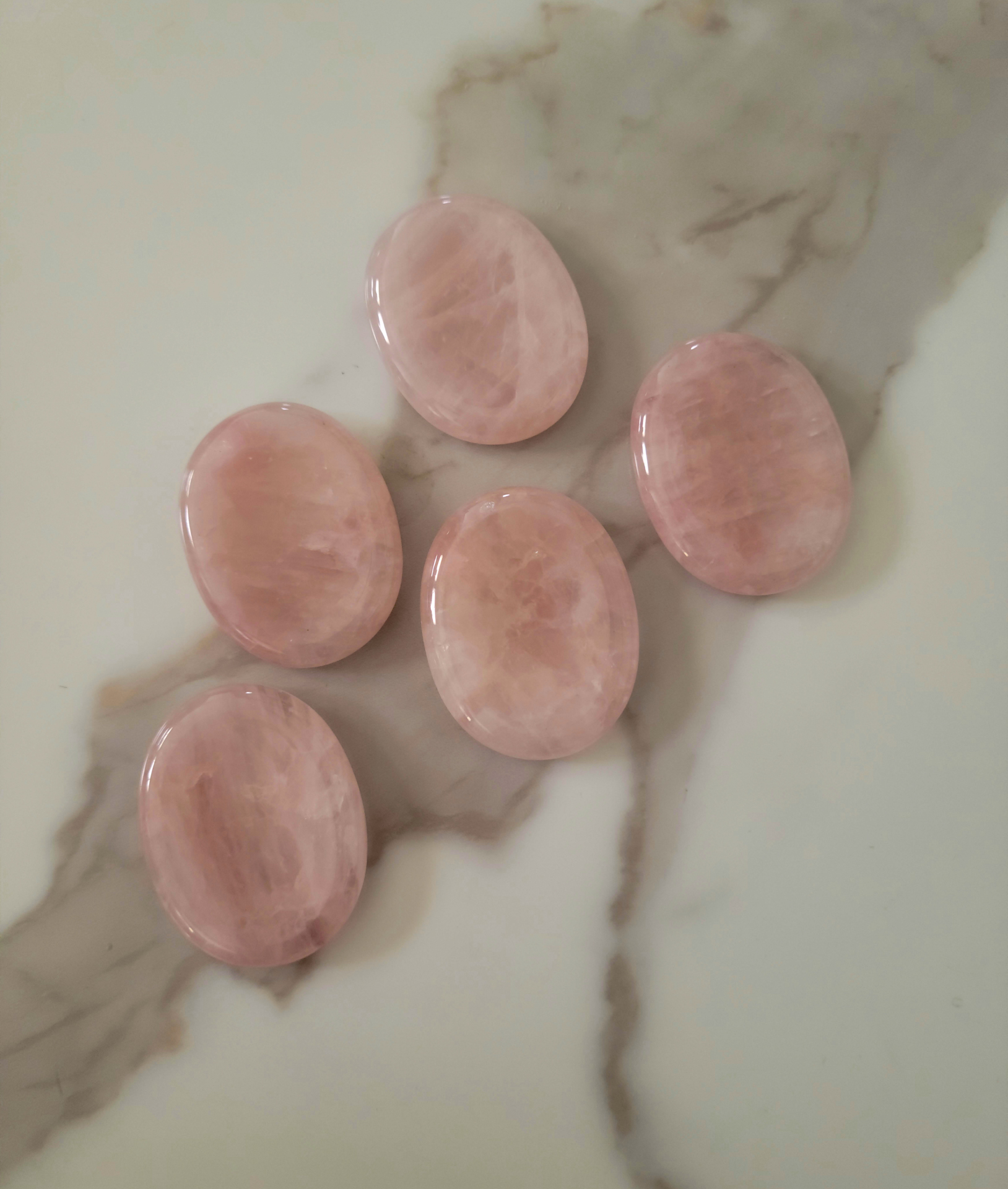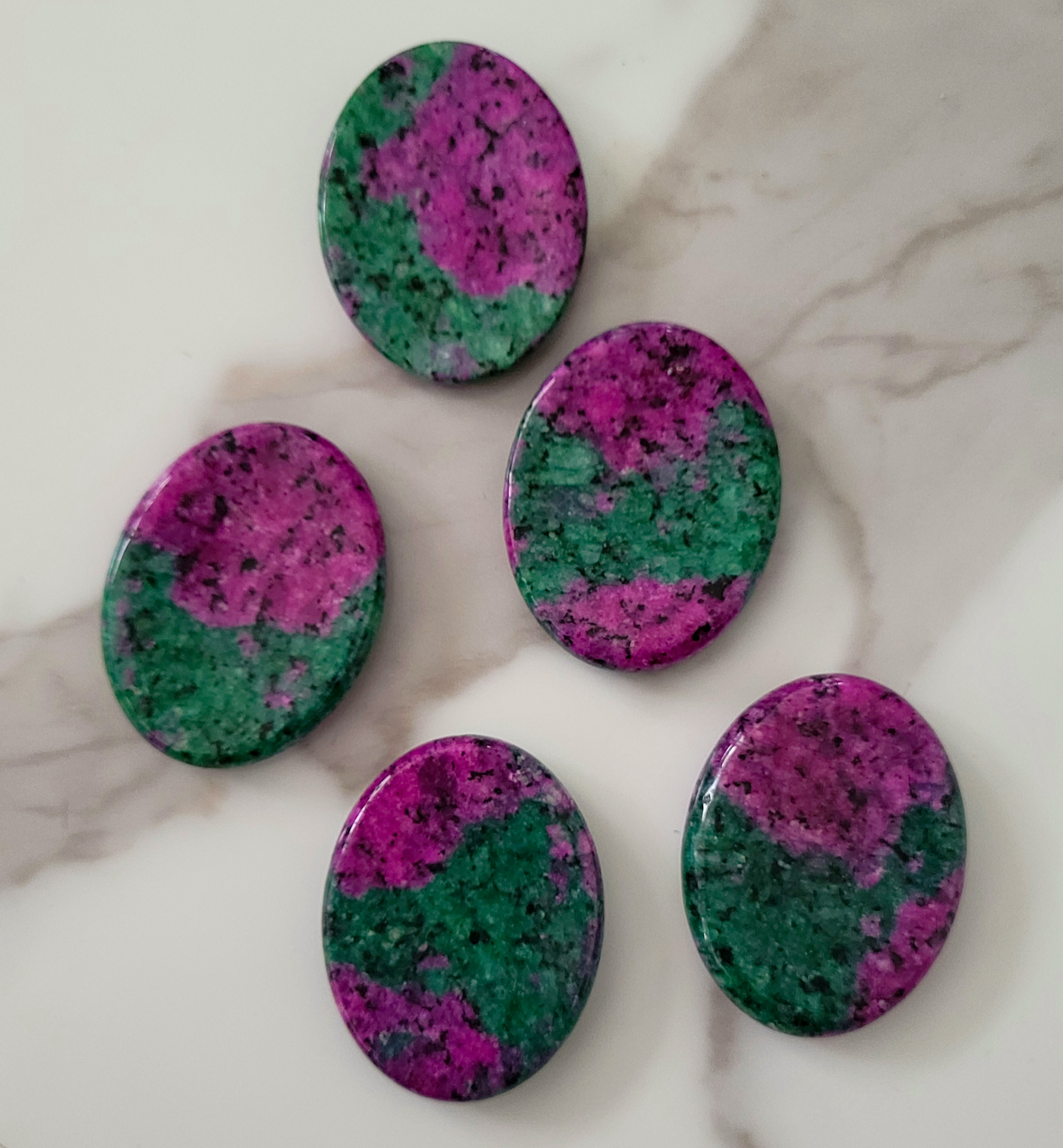-
4 x 1 x 5cm Aventurine is a part of the quartz family. This mineral ranges many colors; pink being the most rare of all the colors. This mineral is composed of quartz with many micro inclusions (such as mica) to create its beautiful appearance. The pink tone in it comes from the hematite in the mineral. This mineral is most commonly found in India but can also be found in Brazil, Austria, Canada, and Tanzania. ***Due to natural variations in stones, the appearance will vary***
-
9 x 3 x 10cm Green Opal is a type of common opal that ranges in color from a pale to dark green. It's one of the easiest Opals to find and can be found in 6 continents. Most of these specimens have come from Australia, Brazil, USA, Mexico, and Peru. ***Due to natural variations in stones, the appearance will vary***
-
8 x 3 x 8cm Green Opal is a type of common opal that ranges in color from a pale to dark green. It's one of the easiest Opals to find and can be found in 6 continents. Most of these specimens have come from Australia, Brazil, USA, Mexico, and Peru. ***Due to natural variations in stones, the appearance will vary***
-
4 x 1 x 5cm Hematite is a heavy and relatively hard oxide mineral. It is made of ferric oxide. It constitutes the most important iron ore because of its high iron content (approximately 70 percent) and its abundance. Its name comes from its Greek meaning, "blood". Hematite is unusual in that its macrocrystalline forms are incongruent, while its particulate forms are congruent. When it is formed congruently, it has a red color to it and when formed incongruently, it is a silvery-black color. ***Due to natural variations in stones, the appearance will vary***
-
8 x 8 x 9cm Calcite is a mineral when originally formed is colorless and opaque and can come in many different forms of translucency. It gets its beautiful colors and banding from impurities in the rocks the specimen is formed in. Calcite gets its name from the water within the mineral being rich in calcium. This soft mineral can be found all over the world; mainly in shallow marine settings such as hydrothermal veins and hot spring deposits. Many marine life species, such as crabs and coral, rely on calcite to form their shells. ***Due to natural variations in stones, the appearance will vary***
-
3 x 1 x 3cm Ocean jasper is a rare and colorful material exclusively from Madagascar. It is described as a variety of Orbicular Jasper due to its orb-like inclusions. Ocean jasper is a name for what is known to be a spherulitic chalcedony which is a cryptocrystalline variety of quartz. Cryptocrystalline is a term that means its crystals are too small to be seen with the naked eye. ***Due to natural variations in stones, appearance will vary***
-
3 x 1 x 3cm Ocean jasper is a rare and colorful material exclusively from Madagascar. It is described as a variety of Orbicular Jasper due to its orb-like inclusions. Ocean jasper is a name for what is known to be a spherulitic chalcedony which is a cryptocrystalline variety of quartz. Cryptocrystalline is a term that means its crystals are too small to be seen with the naked eye. ***Due to natural variations in stones, appearance will vary***
-
3 x 1 x 3cm Ocean jasper is a rare and colorful material exclusively from Madagascar. It is described as a variety of Orbicular Jasper due to its orb-like inclusions. Ocean jasper is a name for what is known to be a spherulitic chalcedony which is a cryptocrystalline variety of quartz. Cryptocrystalline is a term that means its crystals are too small to be seen with the naked eye. ***Due to natural variations in stones, appearance will vary***
-
4 x 4 x 5cm Agate is a translucent form of microcrystalline quartz. These crystals form inside of igneous rocks over a long period of time and get their banding from years of siliceous groundwater building up in the cavities of these rocks. What makes this mineral so beautiful and unique is that the color variations and banding patterns are completely dependent on the environmental factors around them. This makes it so that every formation is different and there are no two formations that are the same! ***Due to natural variations in stones, the appearance will vary***
-
8 x 2 x 7cm Rose Quartz is an anhedral crystal. It is found in the cores of pegmatites and gets its color from microscopic inclusions of a pink variety of the mineral dumortierite . Rose Quartz is naturally a pink hue but can have more hues of grey/purple or red. This mineral Earth's can be found in many places including South Africa, Madagascar, and Brazil. ***Due to natural variations in stones, the appearance will vary***
-
4 x 1 x 5cm Rose Quartz is an anhedral crystal. It is found in the cores of pegmatites and gets its color from microscopic inclusions of a pink variety of the mineral dumortierite . Rose Quartz is naturally a pink hue but can have more hues of grey/purple or red. This mineral Earth's can be found in many places including South Africa, Madagascar, and Brazil. ***Due to natural variations in stones, the appearance will vary***
-
4 x 1 x 5cm Zoisite is a mineral that forms during the metamorphism and hydrothermal alteration of igneous, metamorphic, and sedimentary rocks. Anyolite is a very colorful rock composed mainly of zoisite. It is also known as "ruby in zoisite" because it is composed of green zoisite with bright red ruby. Rubies are corundum gems that are predominately red. The color can range from orangish red to purplish red. The most desirable color range is a pure vibrant red to a slightly purplish red. Ruby in Zoisite was discovered and is still only found in Tanzania ***Due to natural variations in stones, appearance will vary***

